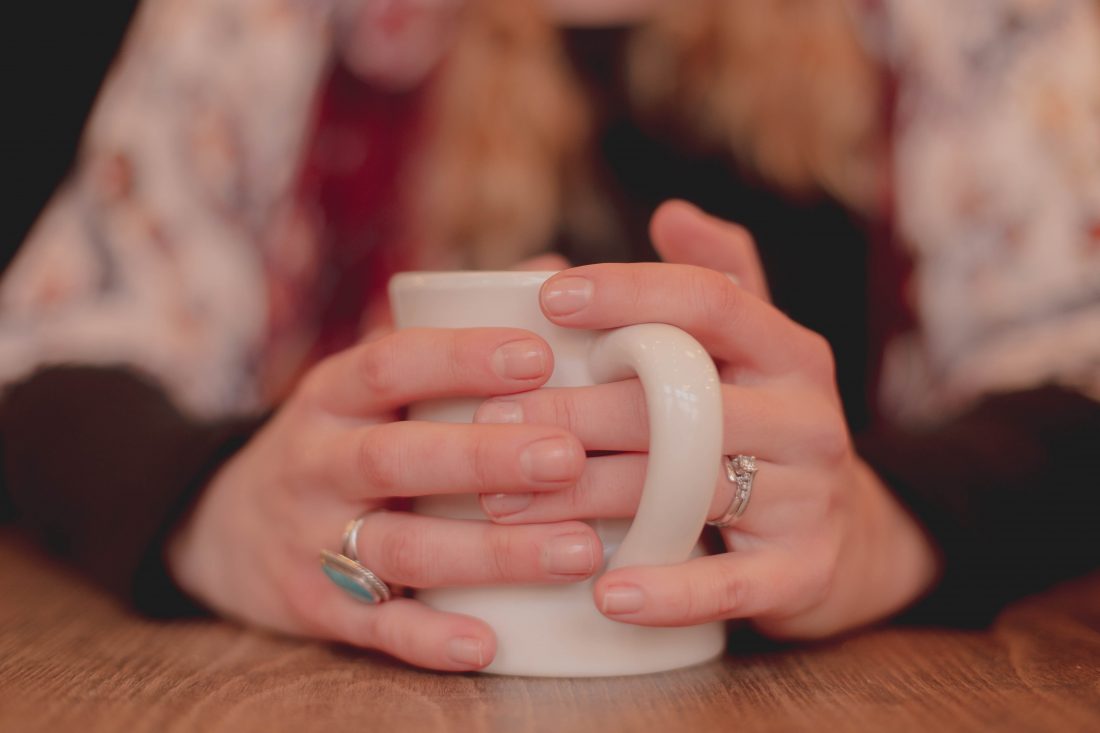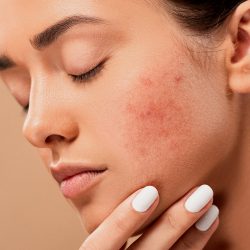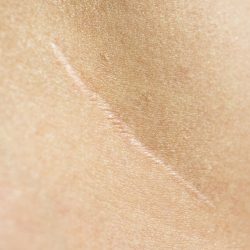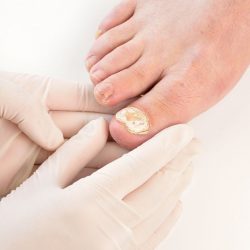During the change of seasons, especially during the cold season, it is common to suffer from cold extremities (nose, hands, feet, ears). This phenomenon due to a minor disturbance of the microcirculation is quite normal. Nature is well made and your body reacts.
But why this phenomenon?
The microcirculation is made up of three types of extremely fine vessels:
- The capillaries (vessels whose diameter is as fine as that of a hair. We mainly distinguish the blood and lymphatic capillaries. The lumen of the blood capillaries is sometimes less than the diameter of the red blood cells or red blood cells. It is through the walls of these blood capillaries that are made by gas exchange with red blood cells and the exchange of nutrients between the plasma and the interstitial lymph. Our blood capillaries are equipped with a large number of circular muscles or sphincters which regulate their flow and which react to external factors such as than for example the temperature)
- Arterioles (small arteries)
- Venules (small vessels that converge with others to form an extension of arteries and veins)
The vasoconstriction (reduction in the diameter of the lumen of a vessel) caused by this phenomenon therefore not only protects our vital organs by warming them, but also allows our body to protect itself from low temperatures by cooling the extremities in order to s ” adapt to a drop in temperature and avoid thermal shocks. The body therefore protects itself naturally against the cold; it is a completely natural survival reflex.
How to get rid of microcirculation problem?
May your food be your only medicine!
This famous quote from Hippocrates, certainly never formulated by the latter, is not false. Food can in particular be a major ally in effectively combating this phenomenon. Indeed, a diet rich in vitamin K, phylloquinone or phytomenadione will intervene in particular in the processes of stimulation of blood coagulation.
Vitamin K is found naturally mainly in the following food sources :
- Spinach
- The cereals
- The egg yolk
- The green vegetables
- Liver
- Dairy products
- Sprouted seeds of alfalfa (alfalfa)
- Chives
- Lemon basil
- Thai basil
This vitamin is one of the few naturally synthesized by the body. It is stored in the liver and the daily requirement is 0.045 mg for men and 0.035 mg for women.
And what do our plant friends say about microcirculation disorders?
Cypress
In mother tincture of leafy twig and fleshy cone or in fluid extracts of standardized and glycerinated plants (EPS) , cypress has venotonic properties indicated in venous circulatory disorders. However, it is contraindicated in pregnant or breastfeeding women, and its use should not be prolonged.
Gingko biloba
In standardized extracts ( Tanakan® and generics), food supplements , mother tincture or EPS , Ginkgo biloba has venotonic and circulation activator properties indicated in microcirculation disorders including Raynaud’s disease. However, it is contraindicated in pregnant or breastfeeding women and presents many risks of drug interactions, in particular with anticoagulants, non-steroidal anti-inflammatory drugs and other drugs. Consult your pharmacist.
Sweet clover
In EPS or fluid extract , sweet clover has venotonic and circulatory properties. However, it is contraindicated in pregnant or breastfeeding women, in people with hepatic diseases, reserved for adults and also presents many risks of drug interactions, in particular antiplatelet agents, anticoagulants or even K antivitamins. Consult your pharmacist.
The red vine
In food supplement or in EPS , the leaves of red vine have venotonic properties. However, they are contraindicated in pregnant women, as well as when taken simultaneously with anticoagulant or antiplatelet treatments. Consult your pharmacist.
Italian helichrysum
The essential oil of Italian helichrysum is an excellent anticoagulant effective on microcirculation disorders such as Raynaud’s Syndrome for example.
This essential oil is however not devoid of toxicity and presents some precautions for use:
- Do not combine with anticoagulants
- Caution in people with autoimmune diseases, epilepsy, asthma, the elderly or with Parkinson’s, as well as people with neurosensitivity
- Risk of neurotoxicity which may induce epileptic seizures at high doses
- Contraindicated in pregnant (abortive) or breastfeeding women
- Do not diffuse, inhale, or put in the bath
- Do not swallow
- Cutaneous use only recommended
- Prohibited for internal use
- Reserved for adults
- Drug interactions with essential oils containing sesquiterpenes (sesquiterpene hydrocarbons) at more than 10%
- No prolonged use
- Do not exceed 6 drops per day





